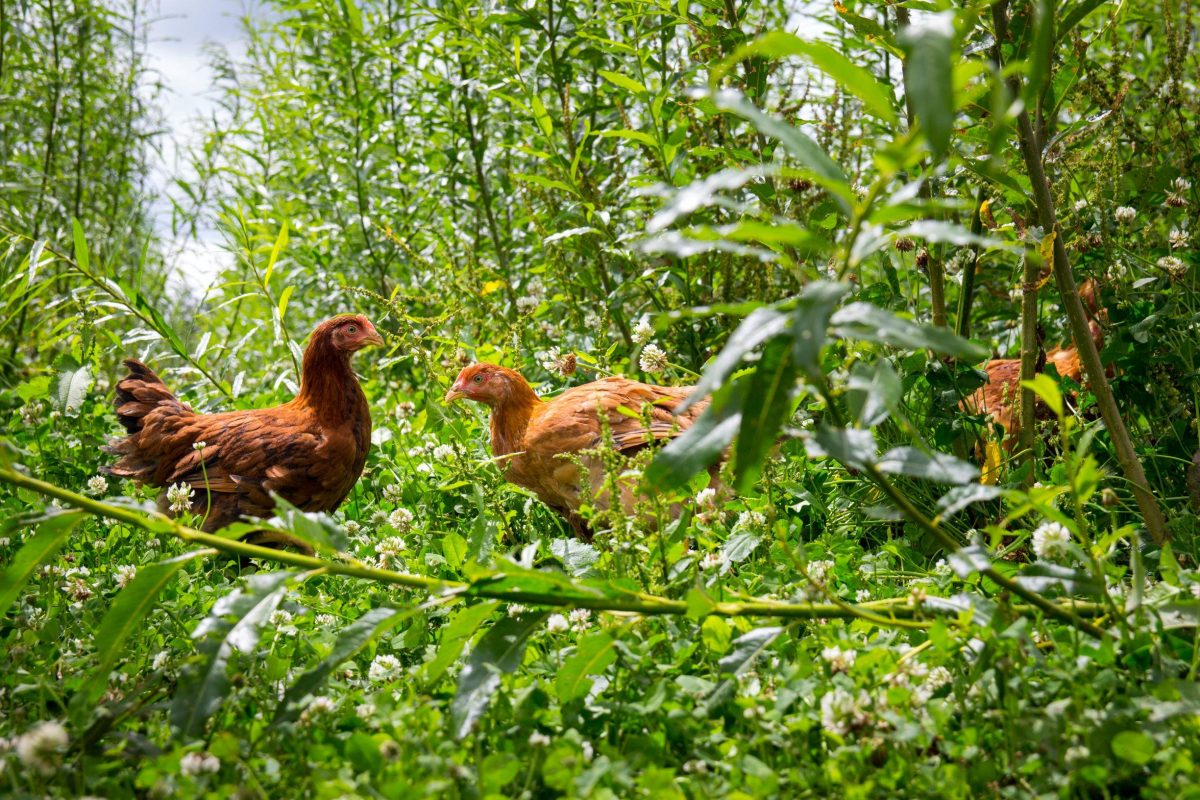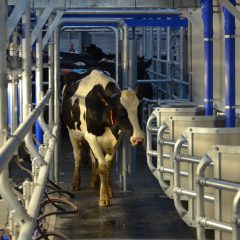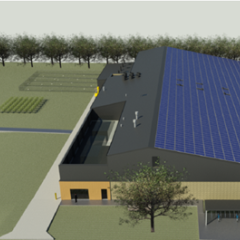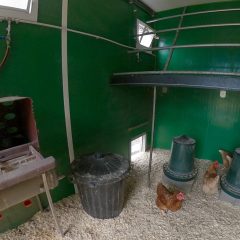Research project Variations in stress responsivity in hens: matching birds to environments

General introduction
The CHICKENSTRESS research project aims to improve the welfare of free-range laying hens by reducing the incidence of feather-pecking, reducing their stress and fearfulness, and improving their range use. Furthermore, it examines in more detail the factors affecting individual variation in range use amongst a flock, and evaluates an emerging method to assess long-term welfare in animals.
Research approach
Three treatments intended to improve laying hen welfare will be evaluated: 1) incubation with periodic light exposure; 2) provision of live insect larvae during rearing to stimulate foraging; and 3) provision of live insect larvae on the outdoor range during the laying period to encourage hens to use the range more fully. During the laying period, hens will be tracked automatically throughout the range with individual back-mounted radio-transmitters, which provides a detailed look at individual ranging patterns and how they are affected by the treatments. The fearfulness, stress responsivity, and affective state of the hens will also be evaluated with a series of behavioral tests.
Relevance/Valorization
We expect a well-supported evaluation of the abovementioned management solutions that could be implemented by free-range and organic egg producers and could minimize economic losses for producers. Furthermore, the knowledge gained about individual variation in range use will inform future research and applications in these domains. If feasible methods for better use of the range are implemented, this would improve the welfare of millions of hens each year – a number that continues to grow as demand for high-welfare animal products rises.
Financing
EU Horizon2020







